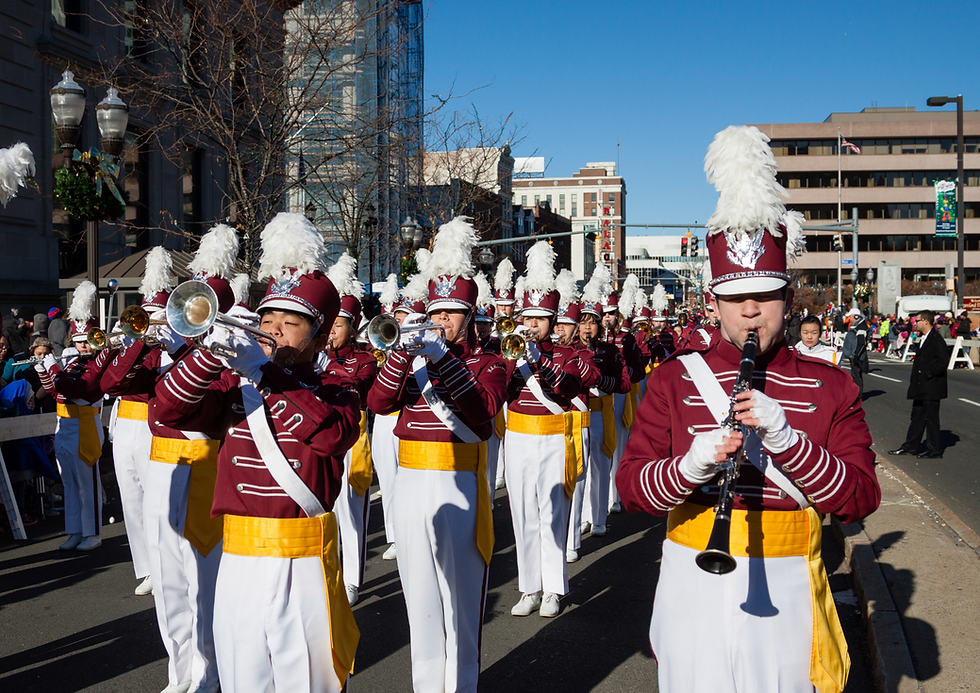From Confusion to Clarity: How to Make Sense of Musical Modes
- matt78675
- Jan 8, 2023
- 2 min read

Musical modes are a series of musical scales that are built off of a reference scale, called the "ionian" mode. There are seven modes in total, each with its own unique pattern of whole and half steps. While modes can be a useful tool for composers and musicians, they can also be a source of confusion for those who are just starting out with music theory.
If you're new to modes, it can be helpful to start by understanding the major scale. The major scale is the ionian mode, and it consists of seven scale degrees: 1, 2, 3, 4, 5, 6, and 7. These scale degrees are abbreviated with roman numerals, so the major scale would be represented as Ionian: I, ii, iii, IV, V, vi, vii.
The other six modes are derived from the major scale by starting on a different scale degree and following the same pattern of whole and half steps. For example, the dorian mode starts on the second scale degree of the major scale and follows the same pattern of whole and half steps. This means that the dorian mode consists of the scale degrees 2, 3, 4, 5, 6, 7, 1. The phrygian mode starts on the third scale degree, the lydian mode starts on the fourth scale degree, and so on.
One way to simplify modes is to think of them as variations on the major scale. By understanding the major scale and the pattern of whole and half steps that it follows, you can easily derive the other modes by starting on a different scale degree. This can be a helpful way to get a sense of what each mode sounds like, as well as how it is constructed.
Another way to simplify modes is to think of them as having a "flavor" or mood associated with them. For example, the dorian mode is often described as having a "minor" or "dark" sound, while the lydian mode is often described as having a "bright" or "happy" sound. These associations are not hard and fast rules, but they can be a useful way to get a sense of what each mode sounds like.
To really get a handle on modes, it's important to practice using them in your music. Try improvising over chord progressions using different modes, or composing melodies using a specific mode. As you work with modes, you'll start to develop a feel for how they sound and how they can be used in your music.
It's also helpful to listen to music that uses modes. Many traditional music styles, such as folk music and classical music, make use of modes, and listening to these styles can give you a sense of how modes sound in a musical context.
I hope this helps! If you have any more questions about modes or music theory in general, don't hesitate to ask.







Comments